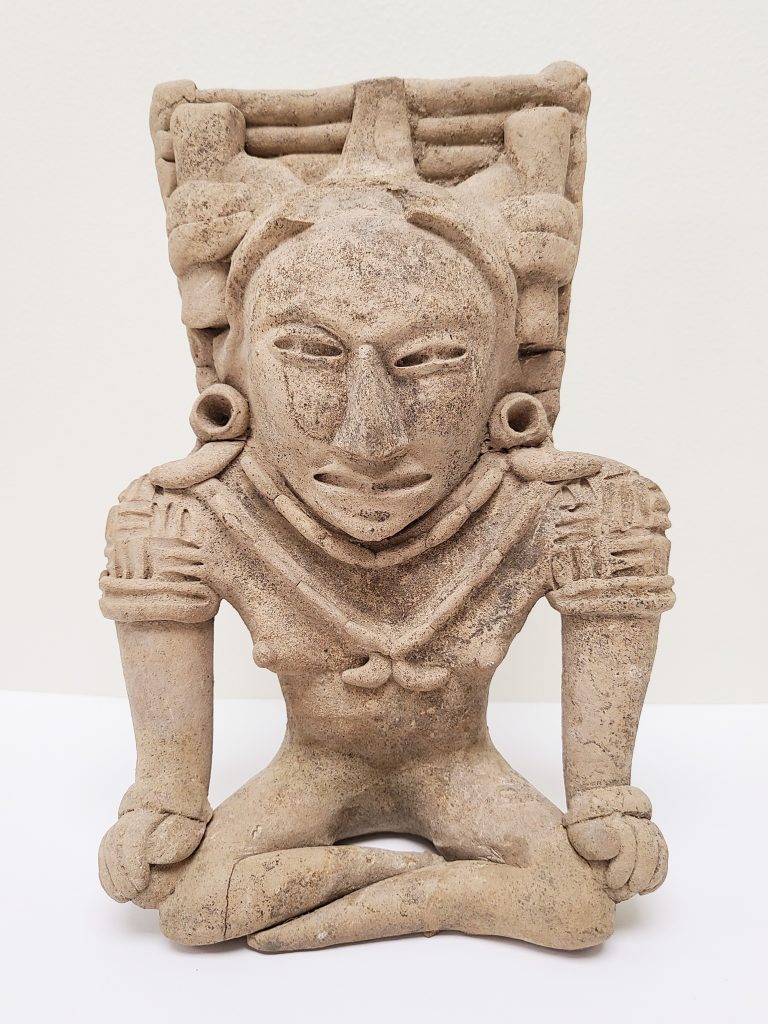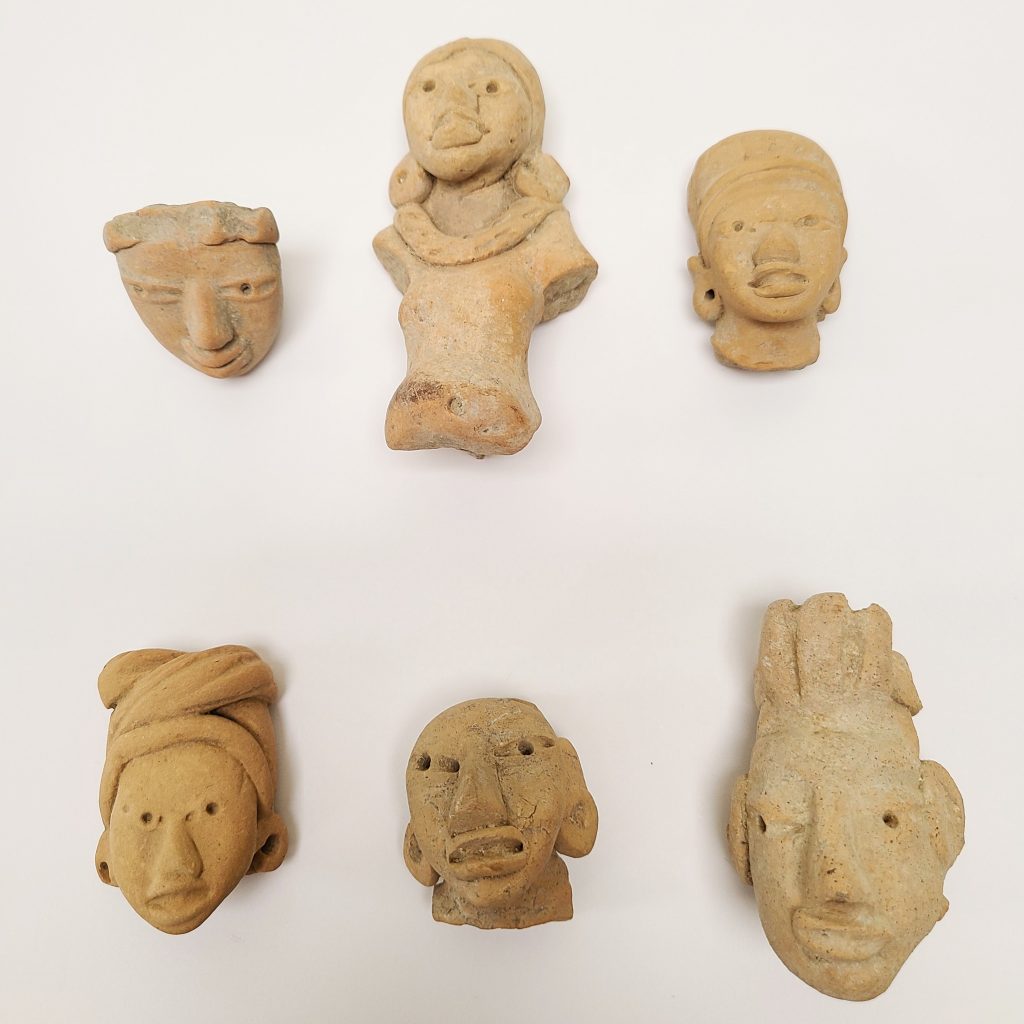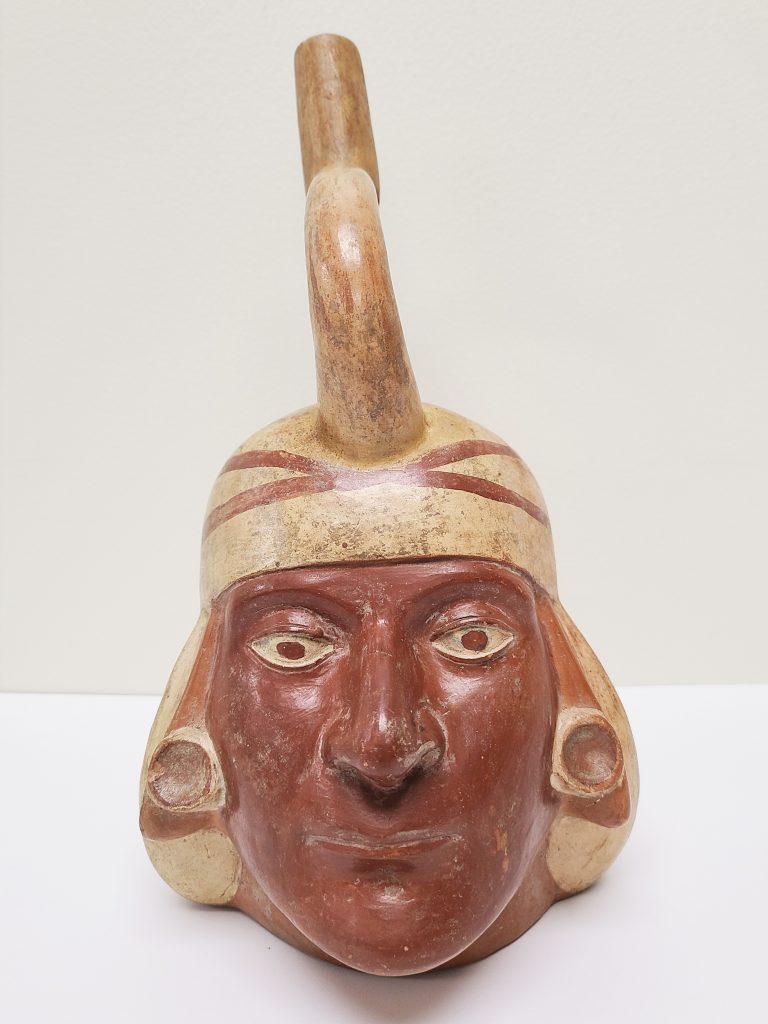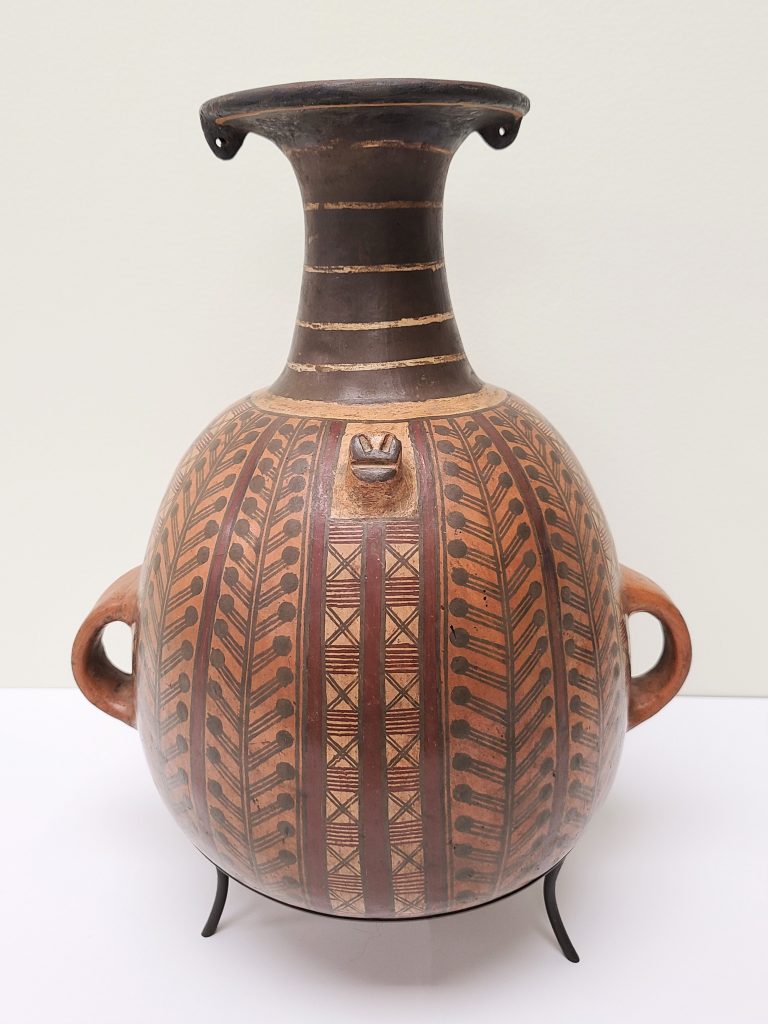Pre-Colonial Society
The Aztec and Inca Empires are well known for their interactions with the Spanish, but there were hundreds of indigenous societies that developed in North and South America. Temples, palaces, ceremonial sites, and cities date back to at least two millennia before the arrival and intervention of the Spanish. This deep timeline for indigenous cultures is not always acknowledged in popular narratives about Latin America.
For example, the Moche civilization of modern-day Peru followed a unique trajectory. It was neither a centralized state nor a series of regional polities, but a combination of both. Hallmarks of the Moche include elaborate temple structures, expansive irrigation systems, and distinct representational art.
Another pre-Inca society was the Chimu Empire. Its capital of Chan Chan had royal compounds showing a more centralized division of labor, wealth, and power. Based on the archaeological evidence, the Chimu leaders likely ruled very differently than the Moche. These are just two examples of many civilizations that existed before the arrival of the Spanish, and whose cultural diversity contribute to contemporary Latin America.

This figurine from today’s Veracruz region of Mexico was likely used in the practice of indigenous rituals centered on offerings and ancestor veneration. The sculptural form and aesthetics of the piece do not reflect any influence from Spanish culture. The figure’s headdress, jewelry, and posture are indicators of status within the complex social system of pre-colonial Mexico. History did not begin with the arrival of the Spanish, nor was civilization absent before.

This figurine from today’s Veracruz region of Mexico was likely used in the practice of These heads are snapped from larger figurines whose bodies have been lost. They are originally from the Veracruz region of Mexico, indicated by the type of clay found solely in that coastal area. Small figurines were used in many ritual contexts, both personal and communal. The large numbers of figurines found by archaeologists suggest these rituals were widespread. The varied designs demonstrate the individuality of ancient people, shown through their eye shapes, variety of noses, different head proportions, and various headpieces.

This ceramic vessel was produced by the Moche on the Northern Coast of Peru. The Moche cultural complex existed from 200 – 850 CE and was famous for their mass production of stirrup portrait vessels. These were produced using a ceramic mold and were designed for carrying liquid. The vessels also carried significant cultural meaning, and acted as portraits of important Moche individuals. The ability to harness the labor and resources required to mass produce these vessels demonstrates the existence of a highly organized state before the Inca and Spanish.

This pre-colonial storage vessel, or aryballo, was used by the Inka in Peru to contain chicha, a corn-beer beverage the Inka drank and used in ritual ceremonies. Corn (or maize) was a staple crop of the Americas, used in many dishes and drinks. The Spanish would later introduce the technique of glazing pottery for long-term storage. The pointed base allowed it to stand upright when stored in the ground. To transport this aryballo, the Inka threaded a rope through the side handles and around the animal-head shaped knob on the back, carrying it like a backpack.
